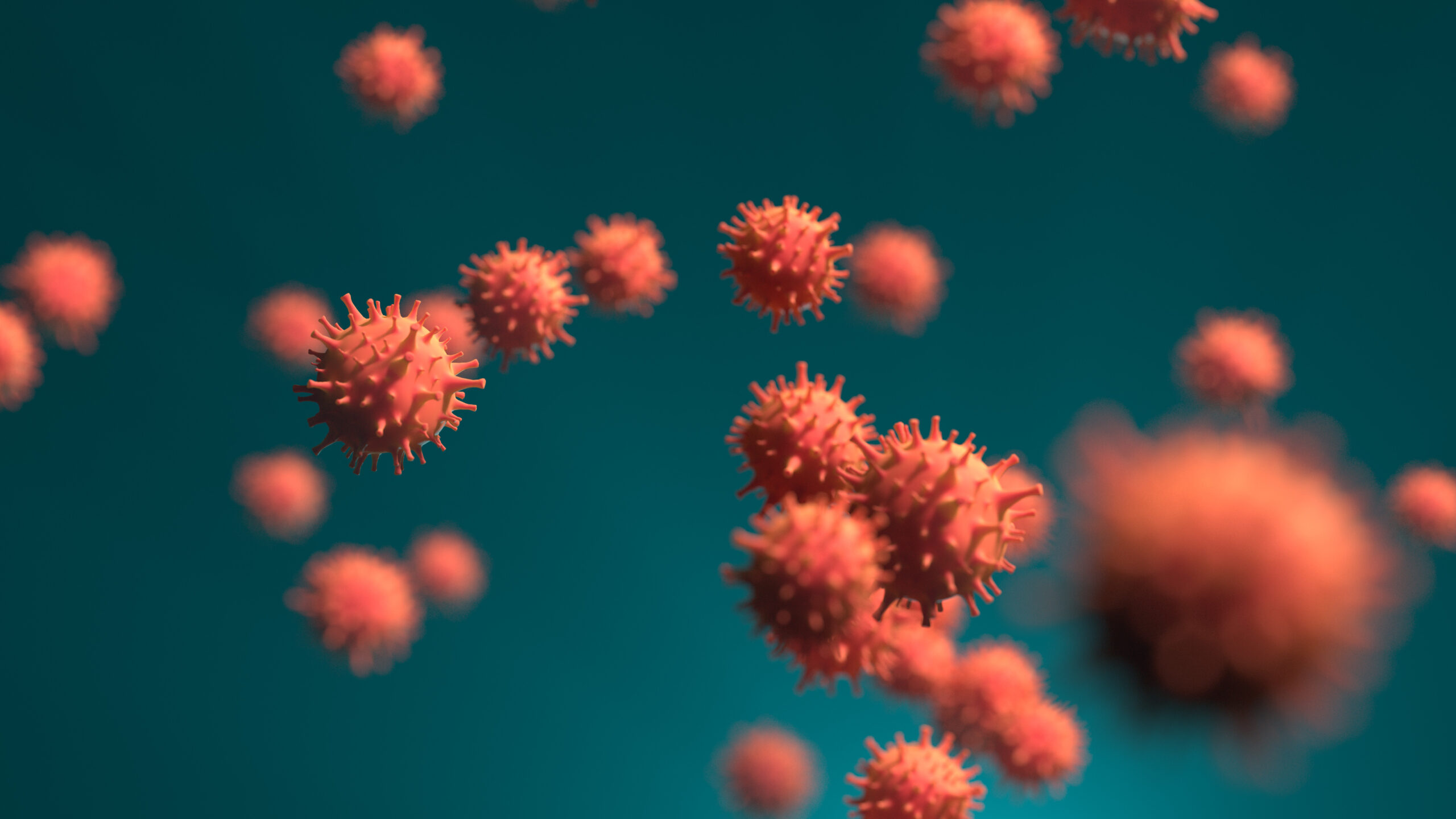The risk of CoV infection continues to increase. The trend has recently been upward in all federal states, which can be read from the working document of the traffic light commission. According to the paper, there is also no longer a low risk in any state.
This is due to the criteria used as a basis. For a short time now, the positivity rate of the tests or their number is no longer considered. This benefits those countries where hardly any testing is carried out.
More tests, more evidence
As a result, the two federal states that test most frequently are also the ones that have the most detected infections and are therefore the only ones that have slipped into the orange high-risk category.
These are the two SPÖ-led federal states of Vienna and Burgenland. By comparison, the national capital tests more than nine times as often per 100,000 inhabitants as Tyrol. However, Vienna’s raw daily incidence is not twice as high. This suggests that the number of unreported cases in the federal capital is likely significantly lower.
Wastewater monitoring puts figures into perspective.
The results of the wastewater monitoring also put the significance of the traffic light colors into perspective. By far, the most significant pollution was measured in Lower Austria. Admittedly, not all that much testing is carried out in this province, about half as often as in Burgenland.
Nevertheless, the lower positive numbers measured mean that Lower Austria remains in the yellow area of medium risk, like all the provinces except Vienna and Burgenland. The previous week, Carinthia, Styria, and Upper Austria were still at low risk (yellow-green).
Lower Austria has a positivity rate of 14.4 percent across all tests. In the yellow states of Tyrol and Vorarlberg, it is as high as 22.4 and 22.7 percent, respectively. The situation is different in Burgenland, with 6.5 percent, and Vienna, with 4.1 percent.
- source: orf.at/picture:pixabay.com
This post has already been read 1497 times!



